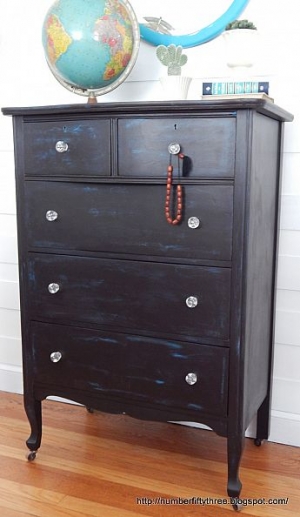
Respectability, a complex combination of moral, religious, economic and cultural systems, was organised around an involved set of practices and representations which covered every aspect of an individual's life.

The Victorian notion of beauty was encapsulated in their obsession with the ideology of respect-ability. Based on the data presented in this paper, it is reported that the analytical characteristics of the two palstaves analysed here are consistent on a regional scale with data already known from other similar artefacts. The results show that the two palstaves were produced with two operational chains: while specimen MDDS-2010.0069 is a leaded bronze (Cu+Sn+Pb) with an as-cast microstructure, the MDDS-2010.0082 is a binary bronze (Cu+Sn) with grains resulting from the forging and annealing of the metal after the ancient metallurgist took the palstave off from the mould. For this purpose, different analytical techniques, such as X-Ray Fluorescence (XRF), Scanning Electron Microscopy with Energy Dispersive X-Ray Spectroscopy (SEM-EDS), and Optical Microscopy (OM), have been used. This paper focuses on the study of two double-looped palstaves from Serra of Santa Justa (Valongo, North of Portugal), with the aim to discuss issues related to their production technology. Hundreds have been found in hoards and settlements, especially in the Centre and North of Portugal and Galicia (Spain). 10th and 8th century BC, across Western Iberia. Palstaves are one of the most common types of copper-based tool spread out during the Late Bronze Age (LBA) and the Early Iron Age (EIA), particularly between ca. After all, skill is a fundamental asset for the production of material culture, and a distinct human-material relationship characterised by an intimate form of material engagement. This empirical approach towards skill is relevant to our knowledge of the role of crafts and materials in the past.

This is a pragmatic approach that appreciates scientific measurements of metal objects as essential empirical evidence whilst recognising that a considerable share of these archaeometric data are inapt or too detailed for an understanding of skill. Based on scientific data provided by the material sciences, in this case compositional and metallographic analyses of Late Copper Age and Early Bronze Age axes, the thresholds to categorise and interpret these data, and organise them in a chaîne opératoire, are centred on the human senses-and thus on metalworking as a craft. This paper introduces the methodology of perceptive categories through which an empirical analysis of skill is achievable, taking European Bronze Age metalworking as a case study. Initial results suggest that the colours of bronze luxury furniture vary greatly, and that the spectrum of colours is a product of bronze alloy composition, and of the techniques used in finishing the surface, either polishing or patina application. Some platelet samples from this collection of swatches have also been analysed to determine their elemental composition and their patina, so as to compare them to archaeological materials.

This study combines the processes of the lost wax method and the addition of polychrome bronze surfaces (patina, inlay and gilding). The collection of swatches I created gathers the spectrum of colours of antique bronzes, and allows for a restoration the original colours of the objects of my study: Greco-Roman bronze furniture. Archaeological bronzes also may suffer from overly aggressive restorations which scour original surfaces or cover them with a layer of paint imitating green corrosion. Unfortunately, copper alloy materials recovered from archaeological sites suffer from the effects of time and deposition, which may lead to corrosion and discolouring of the surface, often appearing green or brown. Other metals and alloys (copper, silver, gold, Corinthian bronze) can be inlaid by damascening, or by plating to create polychrome decorations. The colour of the alloy can be maintained by polishing, but it is also possible to give a patina to the surface of bronze using a reagent. Hellenistic and Roman bronze objects have a variable percentage of metals, and because of this the colour of the alloy will differ depending on the proportions. Bronze is an alloy of copper and tin, with lead also added.


 0 kommentar(er)
0 kommentar(er)
